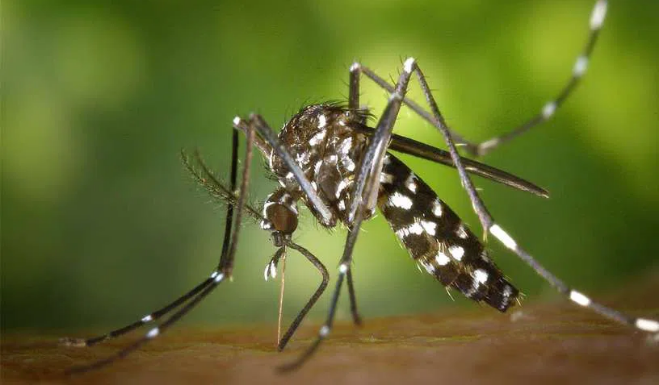Japanese Encephalitis claims 1 more life in Assam; toll reaches 38

Guwahati: The death toll due to Japanese Encephalitis in Assam rose to 38 after one more death was reported in the state due to the viral infection in the last 24 hours on Saturday.
As per the reports, two deaths were reported in Golaghat and Darrang districts on July 21 (Thursday), while as many as three had died on July 20 (Wednesday).
According to the National Health Mission (NHM), Assam, one person in the district Biswanath died in the last 24 hours due to the infection, while as many as 15 new cases have been detected in the state during the period. Out of these 15, three were reported from Nagaon district while two each in Baksa and Jorhat, one each from Chirang, Dibrugarh, Goalpara, Golaghat, Charaideo, Sivasagar, Tinsukia and Nalbari district. A total of 251 cases of Japanese Encephalitis have been detected in the state in July so far. Meanwhile, the state Health Department has directed all the district administrations and health officials to take necessary measures to fight against the viral infection.
Japanese encephalitis virus (JEV) is the leading cause of viral encephalitis in Asia. It is a mosquito-borne flavivirus that belongs to the same genus as the dengue, yellow fever and West Nile viruses.
The first case of Japanese encephalitis viral disease (JE) was documented in 1871 in Japan. The annual incidence of the clinical disease varies both across and within endemic countries, ranging from 1 to 10 per 1 lakh of population or higher during outbreaks, as per the website of the World Health Organization (WHO).
Most JEV infections are mild (fever and headache) or without apparent symptoms, but approximately 1 in 250 infections results in severe clinical illness. The incubation period is between 4 and 14 days. In children, gastrointestinal pain and vomiting may be the dominant initial symptoms. Severe diseases are characterized by rapid onset of high fever, headache, neck stiffness, disorientation, coma, seizures, spastic paralysis and ultimately death.
The case-fatality rate can be as high as 30 per cent among those with the symptoms of the disease.
Of those who survive, 20 per cent to 30 per cent suffer permanent intellectual, behavioural or neurological sequelae such as paralysis, recurrent seizures or the inability to speak.
Safe and effective JE vaccines are available to prevent disease. WHO recommends having strong JE prevention and control activities, including JE immunization in all the regions where the disease is a recognized public health priority, along with strengthening surveillance and reporting mechanisms. Even if the number of JE-confirmed cases is low, vaccination should be considered where there is a suitable environment for JE virus transmission.







